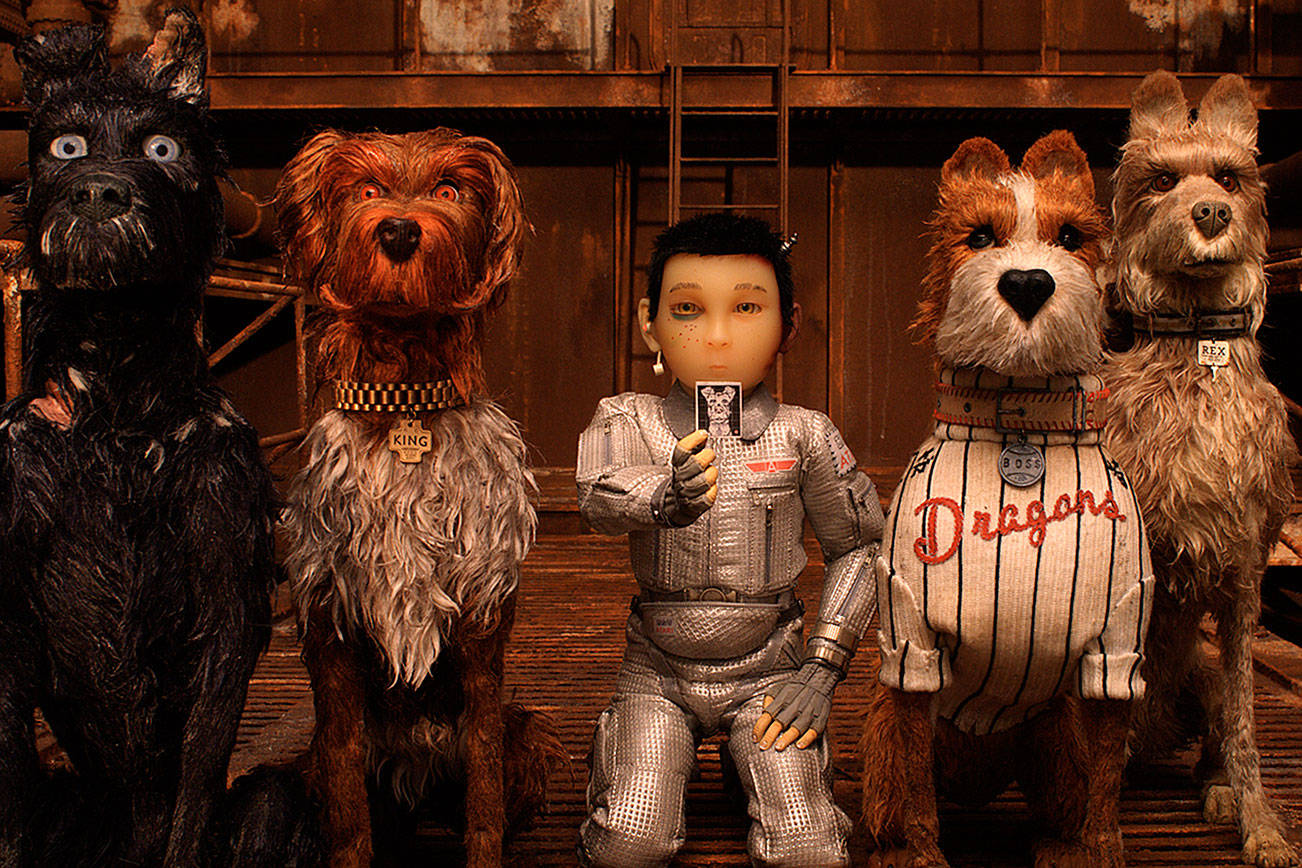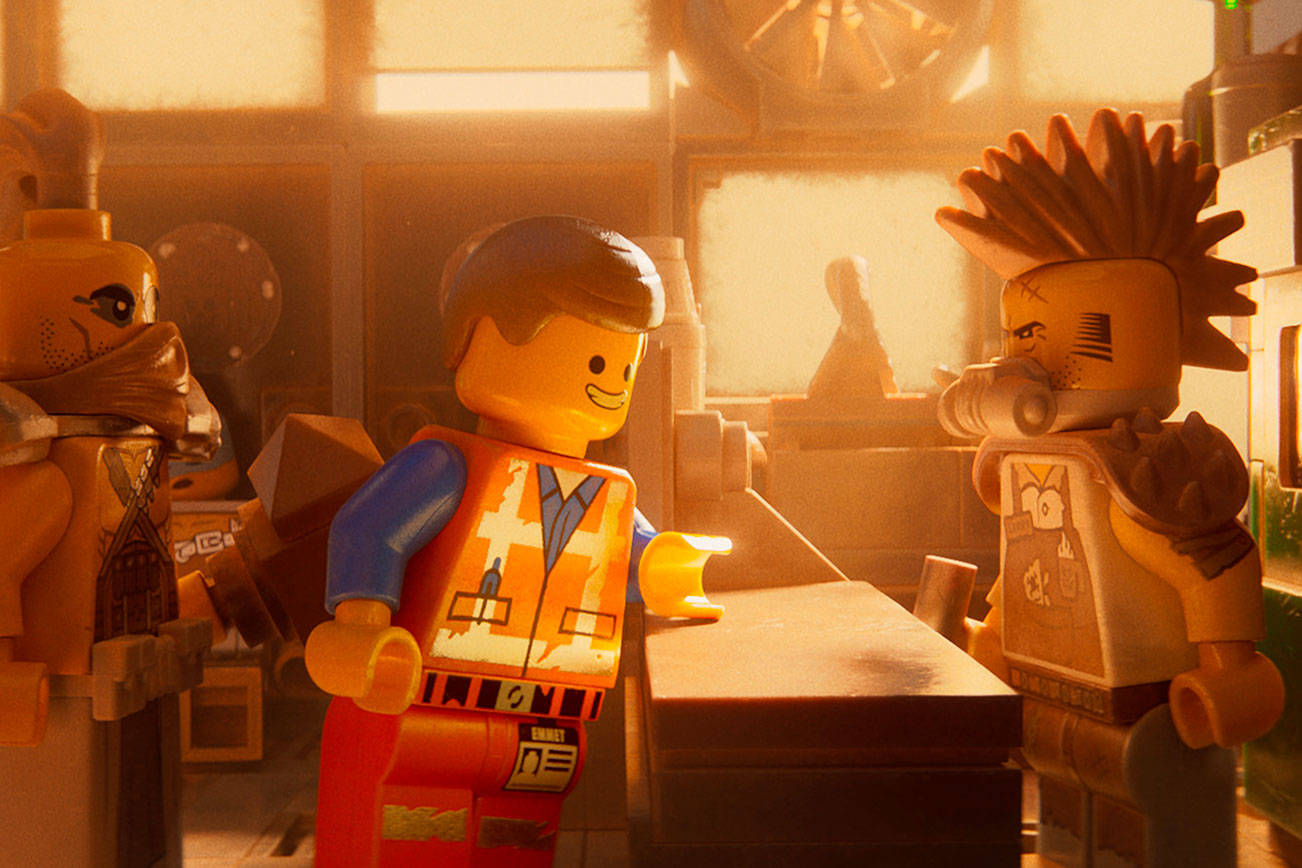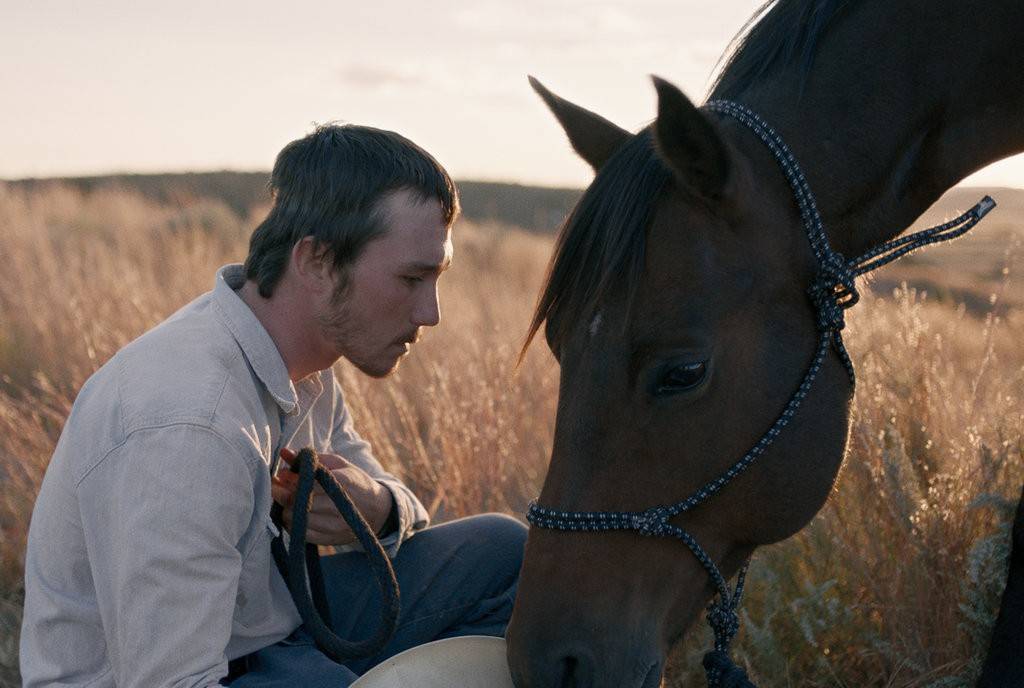It shouldn’t come as a surprise that Wes Anderson returns to the world of stop-motion animation with his latest feature, Isle of Dogs. If you’re familiar with Anderson’s rigidly arranged chocolate-box technique, you can guess why animation appeals to him. For starters, it allows total control over the image, with nary a lock of hair (or piece of fur) out of place. Anderson’s fondness for squared-off, symmetrical compositions looks less strange in a cartoon (see 2009’s Fantastic Mr. Fox) than it sometimes does in live action. And with animation, Anderson can fully indulge his decidedly non-realistic style (stretched to its live-action limit in the dazzling Grand Budapest Hotel): he can exaggerate color, design, and behavior without literalists howling.
Here’s another theory about why Anderson returns to animation in Isle of Dogs: It gives him cover for making his most dramatic film yet. Anderson’s usual mode is irony that cloaks his sincerity (there’s a reason Bill Murray is his favorite actor), but when he already has whimsical talking dogs delivering the film’s messages, he doesn’t need irony’s distancing effect. Isle of Dogs is crammed with drama: Rarely a minute goes by without death, disease, squalor, and political chicanery. It also has jokes, along with Anderson’s expected ration of hand-drawn maps and carefully planned schemes. But the basic setting is grim.
Twenty years in the future, a dictatorial Japanese mayor decrees that all canines afflicted with Dog Flu must be sent to a garbage-strewn island. The mayor’s young ward, Atari (voiced by Koyu Rankin), goes to the island looking for his own pup, the loyal Spots (Liev Schreiber). Aiding Atari in his search is a flea-bitten collection of alpha dogs, given amusing voice by Edward Norton, Bill Murray, Jeff Goldblum, and Bob Balaban. Also in their midst is tough-talking Chief (Bryan Cranston), a big-city stray who—in the film’s most poignant existential quandary—can’t understand his impulse to bite people. Back in the city, an American exchange student (Greta Gerwig) exposes the dirty secret behind the island, raising the hope that young people can save the future. Young people, and dogs.
The dogs speak English. Most of the Japanese dialogue is untranslated, except by an occasional announcer (Frances McDormand), and the design is heavily influenced by Asian styles. Anderson’s Japanese fetish makes the film challenging to absorb—in the city scenes, there’s something going on in every corner of the frame—with borrowings that include bits of music from Akira Kurosawa’s Seven Samurai and a villain who looks like Toshiro Mifune in Kurosawa’s High and Low. He even throws in Yoko Ono, briefly supplying the voice of a scientist named Yoko Ono. (This calls back to John Lennon’s “Oh Yoko” on the jukebox soundtrack of Rushmore, a measure of how Anderson’s universe constantly folds in on itself.)
Isle of Dogs will undoubtedly enchant some viewers, and it’s certainly an impressive achievement. But as I sat watching it, wondering why I wasn’t enchanted, I flashed back to Fantastic Mr. Fox and the way Anderson’s style becomes overbearing when deployed in a precious world populated by animated talking animals. It’s too much, like adding a whopping dollop of sugar to an ice-cream sundae. When Anderson goes animated, he morphs into his main character from Rushmore: a brilliant talent whose ingenious productions are so elaborate they can frankly wear you out.
Isle of Dogs
Rated PG-13






